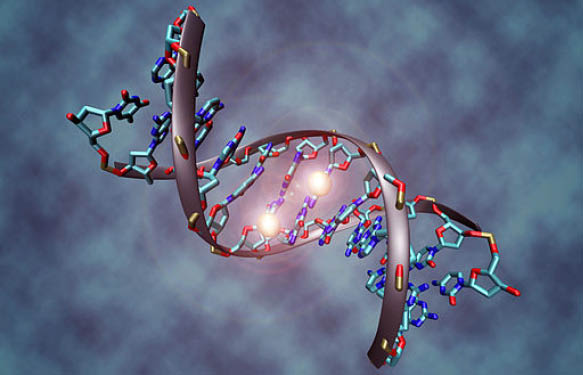One of the challenges in R&D is to find robust technologies to develop diagnostic tests. Notably, it could be within a context of asymptomatic infections for which reliable detection of positive specimens is crucial.
Jordi Landiera et al. have just published an article in the Journal of Clinical Microbiology (doi.org/10.1128/JCM.00565-18) using a combination of PCR and immunoassays to reveal the benefit of an HRP2-based ultrasensitive rapid diagnostic test that was developed to improve the detection of Plasmodium falciparum low density infections.
They used the multiplex ELISA Quansys technology as reference antigen detection and quantification. The Quansys human malaria 4-plex ELISA test quantifies, in the same well for each specimen, the proteins of plasmodium PfHRP2, lactate dehydrogenase PvLDH, and PanLDH. The criteria for positive specimens was a quantity above 2.3pg/ml of PfHRP2. Combined with ultrasensitive PCR, it evaluated the performance of the uRDT.
Covering vast topics such as angiogenesis, obesity, and inflammations, the Quansys multiplex ELISA tests help not only for analysis of effects of treatments (that could be chemicals, oligonucleotides, or even mRNA) but, thanks to this example for Malaria, we can here see that it is a useful technology to efficiently support research and development of diagnostic tests.
Any questions about the Quansys technology?
Get in touch through the comments field below, I’ll be happy to answer.
The Quansys technology is available throughout Europe from tebu-bio, also as an outsourcing service.




2 Responses
Over the past couple of decades, high-performance liquid chromatography combined with tandem mass spectrometry (LC-MS-MS) analysis has emerged as one the preferred analytical technique for new drug discovery assays.
Hello Rubina,
Thank you for your comment on our post. Indeed Mass Spec has emerged as a popular proteomics analysis method in the past decades.
I would say even more for large profiling proteomics studies rather than focused multiplex. However, not everybody has access to such platforms, and interestingly Mass Spec can be advantageously combined to other method like Antibody Arrays. You may be interested by a related post on this subject.
Kind regards,
Isabelle